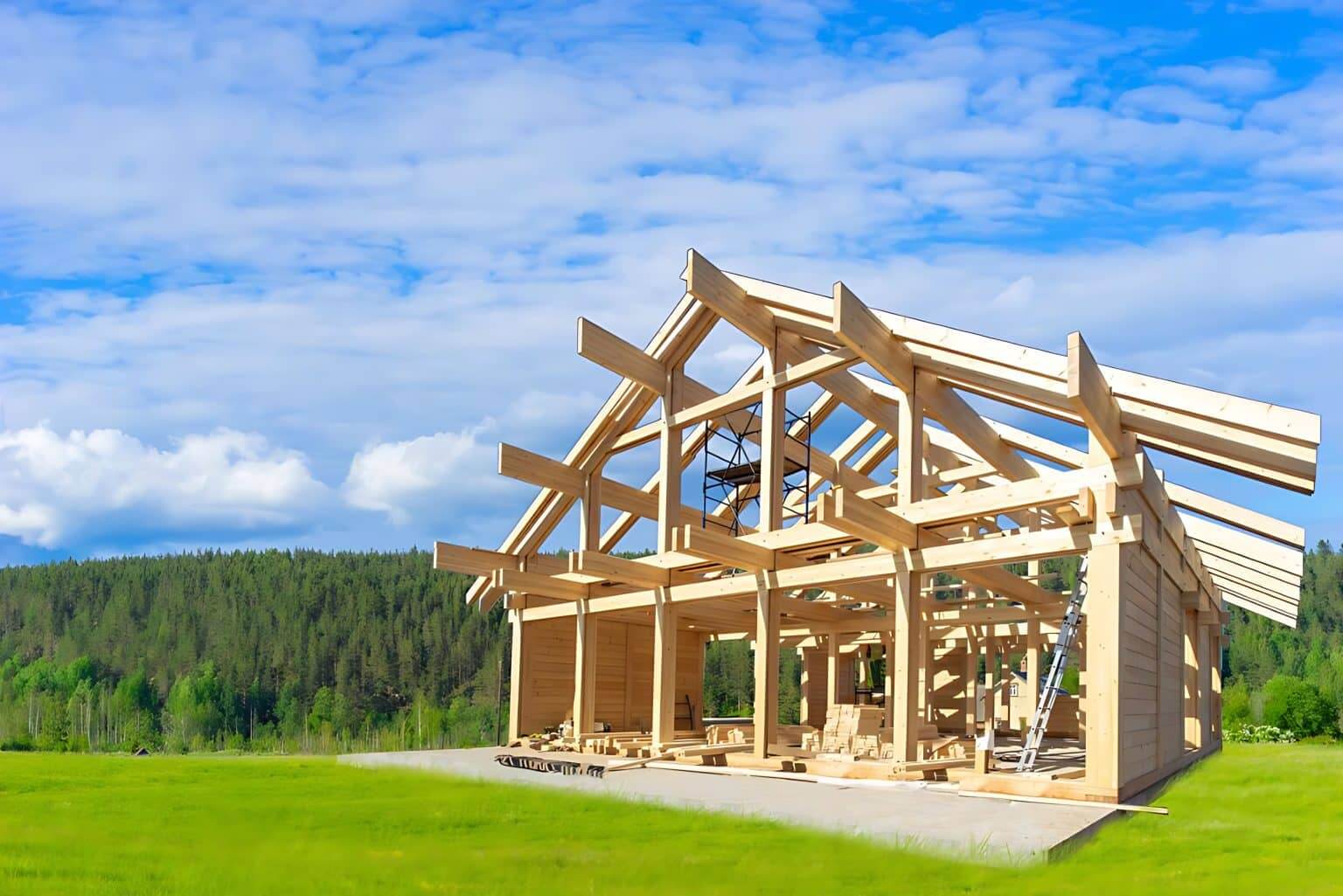Wood Prices : Introduction
Wood panels are essential materials in the construction and woodworking industries, serving various purposes, from providing structural support to enhancing decorative finishes. Calculating wood panel costs can be complex due to factors such as wood type, quality, thickness, and location. In this article, we’ll delve into wood panel pricing, explaining variations, and providing a comprehensive buyer’s guide.
Wood Type and Price
One of the primary influences on wood panel prices is the type of wood utilized. Wood can be broadly categorized into three main types: softwood, hardwood, and engineered wood.
- Softwood: Softwoods, including species like pine, spruce, and fir, typically range in price from $1 to $3 per square foot. These woods are often favored for their availability and affordability, making them a popular choice for various applications, including construction and furniture making.
- Hardwood: Hardwoods, such as oak, maple, and walnut, are renowned for their durability and aesthetics. Consequently, they are priced higher, typically falling between $5 and $10 per square foot. Hardwood panels are preferred for their strength and are often used for fine furniture and flooring.
- Engineered Wood: Engineered wood encompasses products like plywood, oriented strand board (OSB), and medium-density fiberboard (MDF). Their prices generally range from $2 to $5 per square foot. Engineered wood panels offer versatility and are commonly used in a wide array of applications due to their stability and cost-effectiveness.
Factors Contributing to Price Variations: Factors Affecting Wood Panel Prices
Wood panel prices are not fixed; they can fluctuate based on several factors, including:
- Wood Species and Region: The cost of wood panels is significantly influenced by the type of tree species and the region from which the wood is sourced. Exotic hardwoods or woods procured from remote areas can be notably more expensive due to transportation and sourcing costs.
- Quality of Wood: The quality of the wood used in the panels plays a pivotal role in pricing. High-quality wood panels, featuring fewer imperfections and a superior finish, command higher prices. Buyers often opt for premium wood for specialized projects where aesthetics and durability are paramount.
- Panel Thickness: The thickness of wood panels directly affects their price. Thicker panels require more raw material and often more labor to produce, resulting in a higher price tag. The application and structural requirements of a project will dictate the appropriate panel thickness.
- Geographic Location: The region where wood panels are purchased can impact prices. Wood panels may be more expensive in urban areas or regions with high demand, while rural areas or regions with abundant forestry resources may offer more competitive prices.

Conclusion and Practical Advice
While the price ranges above offer general guidance, it’s crucial to remember that wood panel prices can fluctuate and depend on individual factors. For precise pricing, contact local lumberyards or woodworking suppliers for tailored quotes.
In conclusion, understanding the factors influencing wood panel prices is crucial for making informed purchasing decisions. Whether you’re a DIY enthusiast or a professional builder, understanding wood types, qualities, and regional variations can help you navigate the market and choose the ideal wood panels for your project within your budget.
Considering these factors and consulting reliable suppliers will give you confidence as you start your woodworking or construction project, understanding wood panel pricing dynamics.
https://ratimdo.com/blog/wood-panel-products-trends-future-decor/



